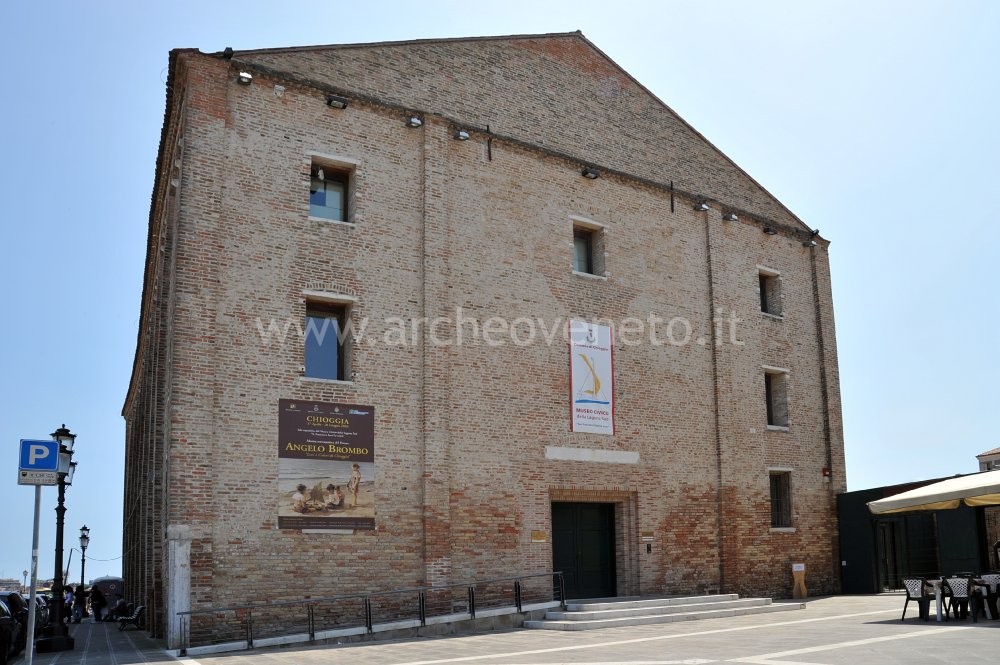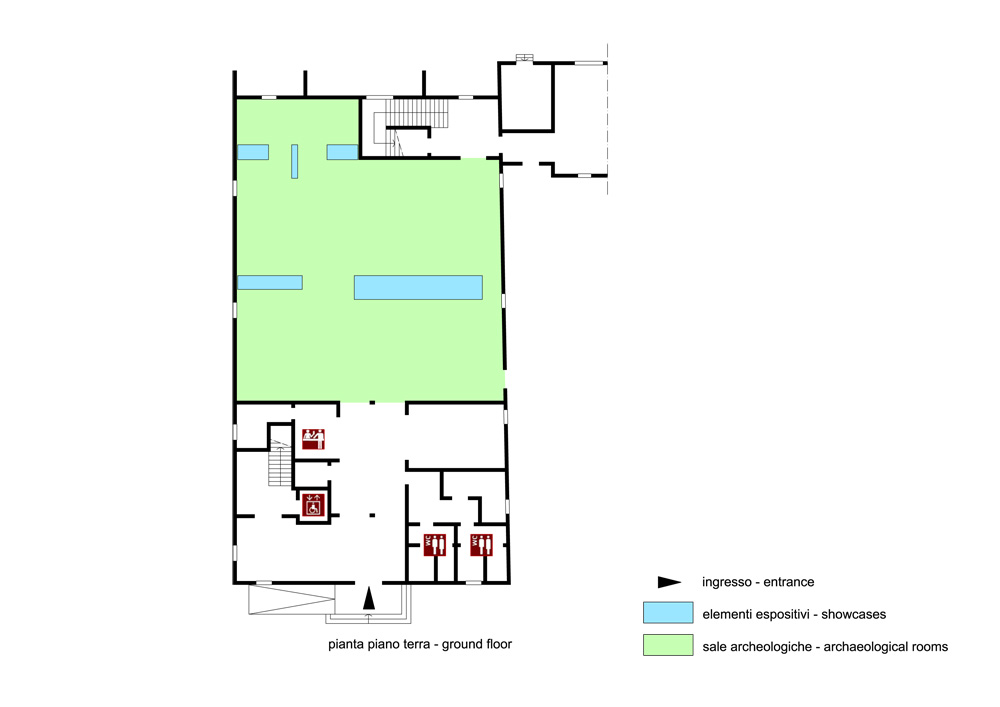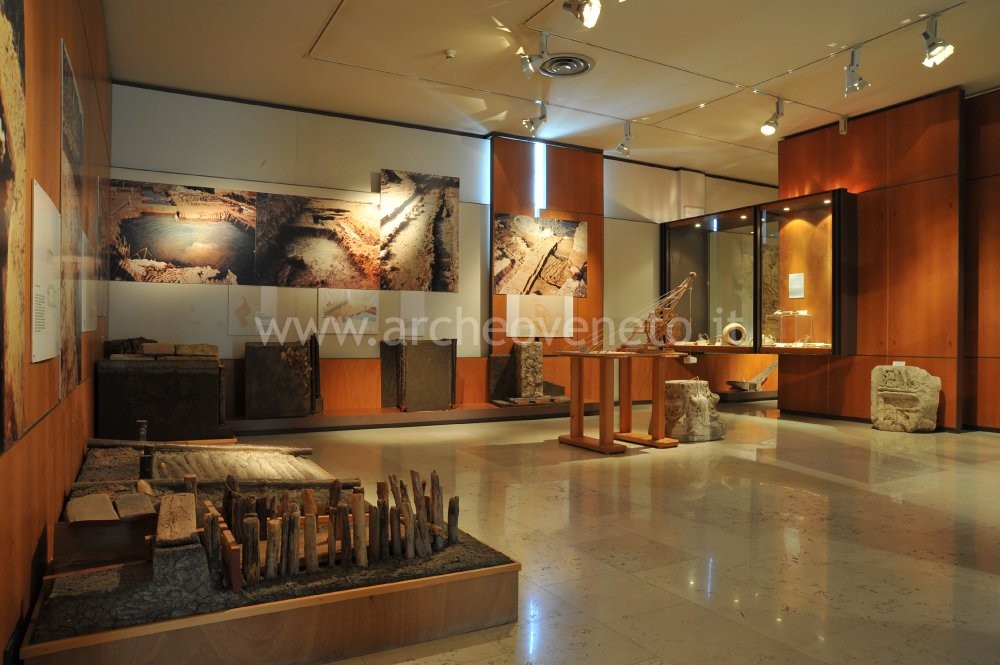| Campo Marconi 1 - 30015 Chioggia (VE)
Tel. 041 5500911 - Fax 041 5509581 |
Web site http://www.chioggiatourism.it |
|
Summary
The Civic Museum of the Southern Lagoon is located in the former fourteenth century monastery outside the city walls, it is organized on three floor and hosts the finds discovered in Chioggia. On the ground floor, there is the pre-roman and roman archaeological collection, the first floor displays the finds dating back to the Middle Ages, the Renaissance and the Modern age, whereas the second floor is related to the topics of marine, fishing and shipbuilding from the 18th century to nowadays.Collection history
The archaeological collection that can be seen in the museum has been accomplished almost exclusively thanks to the underwater discoveries accomplished by the San Marco Diving Club of Venice in the southern area of the Venetian Lagoon over the last twenty years. The Civic Museum was inaugurated and opened to the general public in 1997.
|
 |  |
|
Visiting
Admission: Negli orari di apertura;
Ticket: Si;
Price: Full fare: 3.50 €; reduced fare (groups of more than 20 people): 1.75 €; Free admission (children and students);
 School access School access
 Disabled access Disabled access
|
Recommended tour time (minutes): 40 |
|
Services for visitors
 Toilet Toilet Bookshop Bookshop Rest points Rest points |
Educational Services
 Guide a stampa
Brochure Guide a stampa
BrochureBrochures available in Italian, English, German and French.  Information boards Information boardsItalian  Captions under exhibits Captions under exhibitsItalian  Multilingual ads: Francese
Tedesco
Inglese Multilingual ads: Francese
Tedesco
IngleseBrochures  Guided Tours Guided Tours  Educational activities Educational activities Educational workshops Educational workshops Library and documentation centre Library and documentation centre Other activities Other activitiesCloister (summer activities and shows) Hall (temporary exhibitions and small conferences) |
Bibliography
| Il percorso museale 1998, a cura di Toniolo A., Silvestri D., Chioggia. |
| Musei e raccolte archeologiche del Veneto 2004, a cura di Di Mauro A., Dosson di Casier, pp. 102-103. |
| Bonetto J. 2009, Veneto (Archeologia delle Regioni d'Italia), Roma, pp. 436. |
